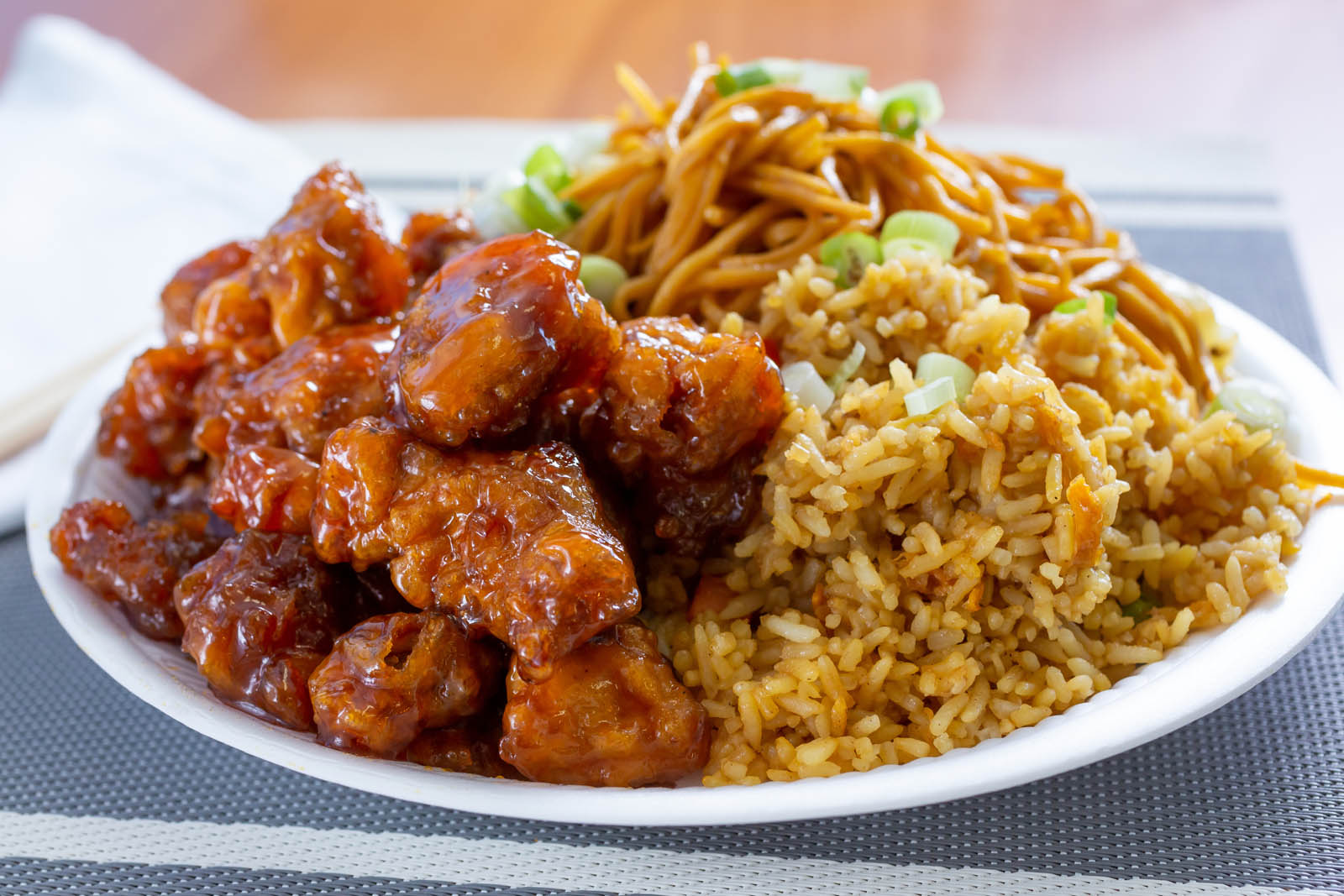
overview
A frozen foods manufacturer interested in expanding its offerings to include Asian meals and appetizers needed to first understand customers’ attitudes toward these foods. The company was the current share leader in the kindergarten through high school channel for pizza, but their Asian meals and appetizers were undeveloped in this channel. They looked to C+R for help gathering baseline perspectives from two key customers: food service operators and students.
THE PROBLEM
Hungry to Expand
C+R’s client, a frozen foods manufacturer in the school channel (kindergarten through 12th grade), was a share leader in fully topped pizza. The client’s Asian meal offerings were undeveloped, however, leadership suspected that Asian cuisine could be successful in the school channel, especially given the popularity of Panda Express among young consumers.
Before developing these expanded offerings, the client needed to understand student and food operator attitudes toward Asian food items. The research would center around understanding barriers to Asian cuisine on lunch menus and strategies for overcoming barriers. The team went into the research with two hypotheses to confirm or reject:
- There is a disconnect between what operators think is popular and what students want
- Operators perceive Asian dishes as too complicated to menu and serve (too many different options and ingredients)

OUR APPROACH
Understanding Key Stakeholders’ Perspectives on New Lunch Menu Offerings
C+R developed a multi-phase research program to answer the client’s key questions. The initial phase targeted food service operators responsible for school food purchasing decisions. In this phase, we conducted a deep dive to:
- Better understand the operators’ needs specific to menu planning (overall and specific to Asian/Asian-inspired meals)
- Understand operators’ top “go-to” solutions on their menus (and what makes them a success)
- Explore motivators and barriers to include Asian cuisine
The next phase focused on students. C+R developed an online community to gather insights from middle and high school students (5th – 12th grade). Specifically, we explored students’ perceptions, expectations, barriers, and desires around Asian foods in and out of school.
To quantify what we learned during the qualitative phase, in the final phase we implemented surveys among 200 food service operators and 400 students (200 middle schoolers and 200 high schoolers). Our analysis focused on:
- How operators feel about Asian cuisine (relative to other items they frequently menu)
- How students feel about Asian cuisine in school (relative to eating Asian outside of school as well as other items)
- Comparing operator and student attitudes to understand areas of alignment and misalignment

The result
Accelerating Growth Through Innovation, Renovation, and Communication
With C+R’s research findings and recommendations, the client developed a (delicious) roadmap for the future. The manufacturer used C+R’s insights to accelerate ethnic growth through innovation (new products and partnerships), renovation (offering a “twist” on the items served, making sure items remain hot and have the best taste, etc.), and communication (easy recipes appropriately featured on school menus, etc.).


proven experience
related case studies
